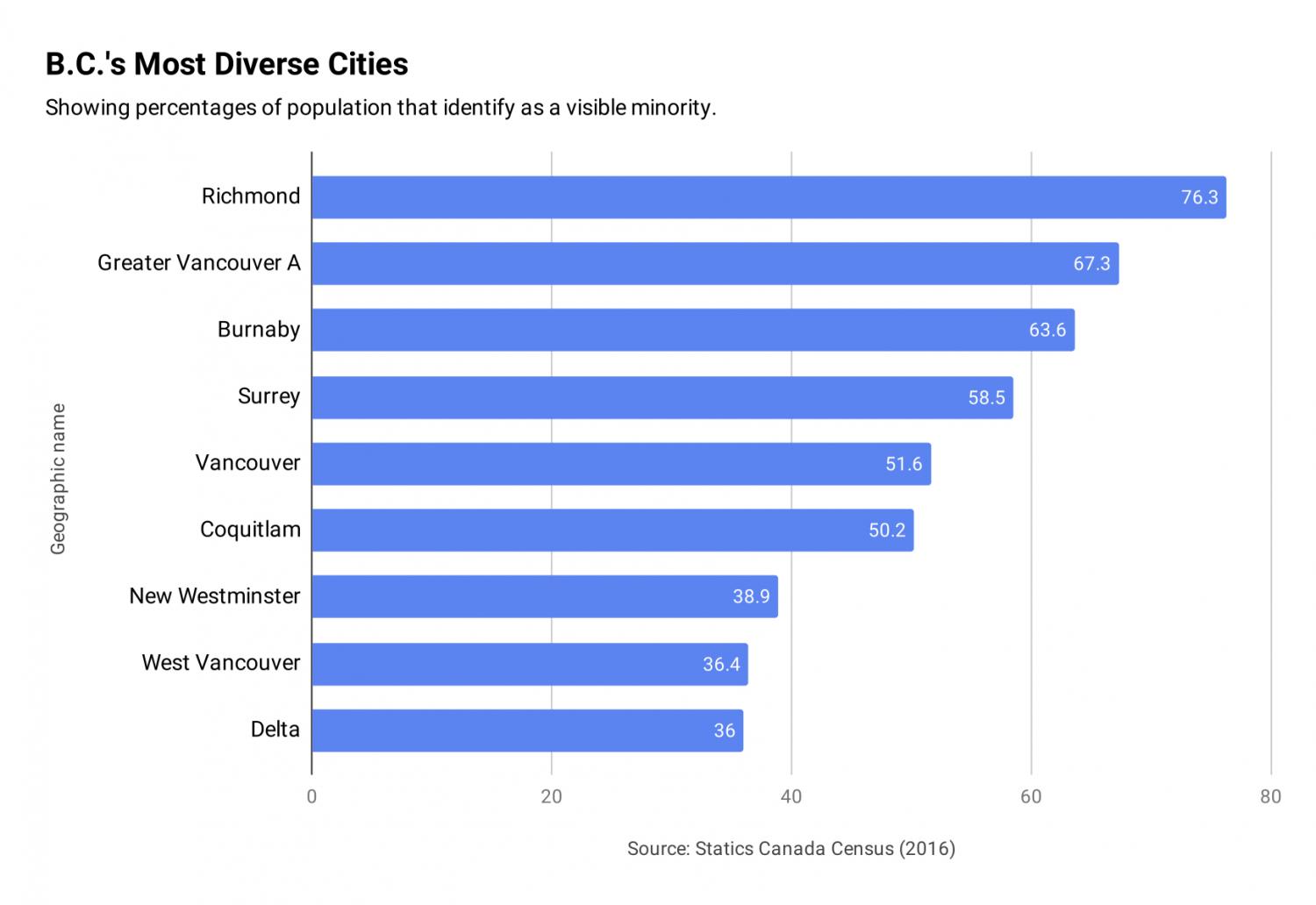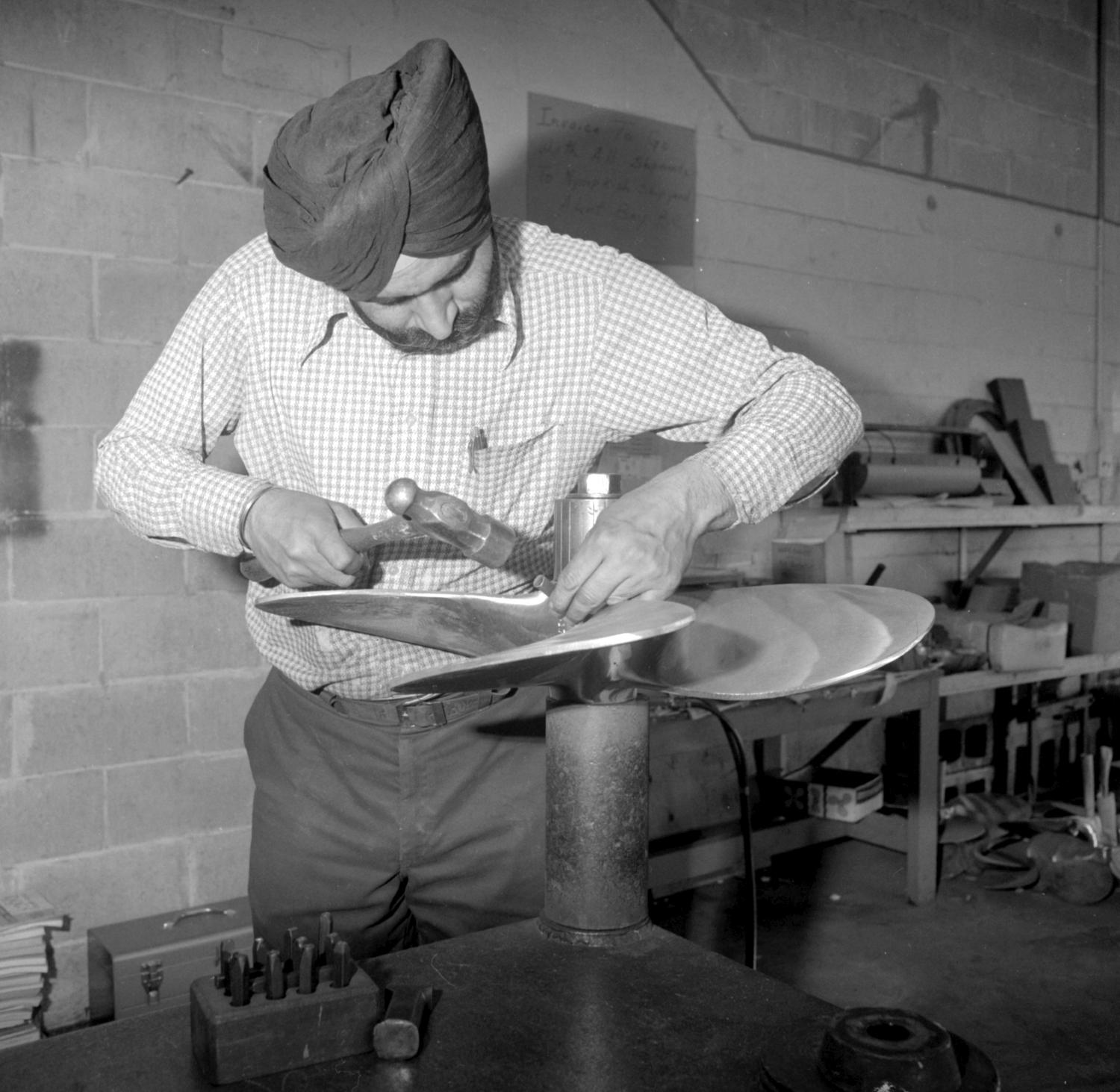Immigration Act Overhauled
British Columbia becomes less British after a change in federal policy opens the door to more immigrants of colour
Date: 1967
In 1967, Canada was at a crossroads. A century after Confederation, most anglophone Canadians no longer saw themselves as singularly British. But still, there were holdouts: those whose national anthem of choice was not “O Canada,” but “God Save the Queen.”
For much of its history, British Columbia had demographically lived up to its name. Due to policies like the Chinese head tax and the colloquially known ‘Continuous Passage’ law that targeted those from India, immigration from non-white countries across the Pacific had been severely limited. At the same time, British migrants were offered cheap plots of land to farm.
But by its centenary, Canada had been shifting in a different, considerably less British direction for decades. In 1947, the country took a significant step towards greater autonomy with the creation of Canadian citizenship, distinct from the previous legal identity as a British subject. Around the same time, Canada had become a popular destination for a diverse collective of refugees escaping war-weary Europe, from Jewish Holocaust survivors to central and eastern Europeans fleeing political instability and the heavy hand of the Soviet Union.
Thanks in part to the contributions of Chinese Canadians in the war effort, the Second World War had also helped erode deep-seated anti-Chinese racism. China, which had been a target of Japan during the war, had further garnered sympathy in the collective Canadian imagination. Some restrictions on Chinese immigration were eased when the federal government repealed the Chinese Immigration Act in 1947, an unprecedented law that banned virtually all Chinese immigration for nearly 25 years.
World War II had also transformed cities like Vancouver into full-fledged economic centres with an unsated demand for skilled manufacturing, managerial, and professional workers. Economic growth was strong enough that by the 1960s the federal government began revisiting the question of immigration. Canada’s system had previously prioritized immigrants from majority-white nations like the United States and Australia — but that all changed in 1967. The government developed a novel points system — the first of its kind in the world — which accounted for education and training, skill, age and employment opportunities, as well as the presence of relatives in Canada. Those with enough points would be admitted as an independent immigrant, although sponsorship through close family connections already in the country remained possible, as well. Who could be Canadian would no longer be tethered to a monoethnic identity but instead motivated by an autonomous economic agenda. Canada was coming into its own.
Immigrants arriving in British Columbia were now coming from all corners of the globe — the Middle East, Asia, the Caribbean — with the majority settling in the growing city of Vancouver. In the decade immediately following the policy change, the percentage of immigrants who were racial minorities more than quintupled to just under half of all arrivals. Many of these new immigrants now came from across the Pacific; by 1996, one-fifth of B.C.’s population was of Asian descent. By 2008, a quarter of the province’s population was a visible minority.
Sources:
- Belshaw, John. Becoming British Columbia. UBC Press, 2009.
- ---. "Post-War Immigration." Canadian History: Post-Confederation, BC Campus, 17 May 2016, https://opentextbc.ca/postconfederation/chapter/5-11-post-war-immigration/.
- Francis, Daniel. "Far Out on the Left Coast: British Columbia’s Sense of Isolation and Belonging." The Canadian Encyclopedia, 2 Sept. 2013, https://www.thecanadianencyclopedia.ca/en/article/far-out-on-the-left-coast-feature.
- "Immigration Regulations, Order-in Council PC 1967-1616, 1967." Canadian Museum of Immigration at Pier 21, https://pier21.ca/research/immigration-history/immigration-regulations-order-in-council-pc-1967-1616-1967. Accessed 5 May 2021.
- "The Early British Settlers: 1860s-1920s." Living Landscapes - Royal BC Museum, https://royalbcmuseum.bc.ca/exhibits/living-landscapes/thomp-ok/ethnic-agri/british.html. Accessed 5 May 2021.
- Saunders, Doug. "In 1967, Change in Canada Could No Longer Be Stopped." The Globe and Mail, 1 Jan. 2017, https://www.theglobeandmail.com/news/national/canada-150/in-1967-the-birth-of-moderncanada/article33466250/.
- Simons, Paula, and Clare Clancy. "On Point: Fifty Years Ago, Canada Changed Its Immigration Rules and in Doing so Changed the Face of This Country." Edmonton Journal, 29 June 2017, https://edmontonjournal.com/news/insight/on-point-fifty-years-ago-canada-changed-its-immigration-rules-and-in-doing-so-changed-the-face-of-this-country.
- "White Paper on Immigration, 1966." Canadian Museum of Immigration at Pier 21, https://pier21.ca/research/immigration-history/white-paper-on-immigration-1966. Accessed 5 May 2021.





